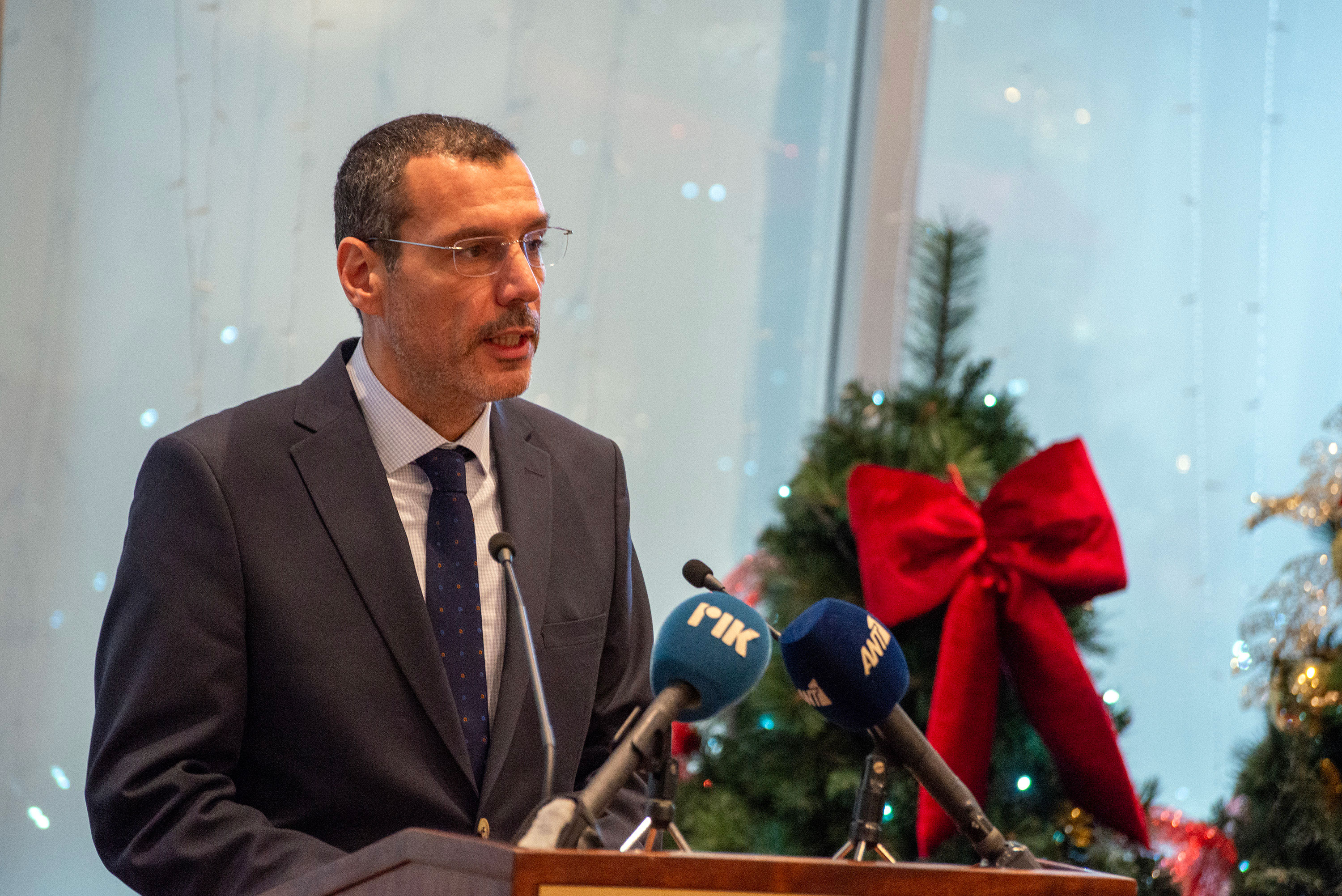Ethereum (ETH) remains stuck around $3,100, trading at $3,113.50 as of July 18, 2025, despite robust ETF inflows. X posts note a brief spike to $3,560 on July 17, driven by $726.74 million in daily net inflows, with BlackRock’s ETHA leading at $499 million. However, resistance at $3,200-$3,250, coupled with an overbought RSI of 82, has capped gains, per CoinDesk. The Pectra upgrade, enhancing scalability with Verkle Trees, fuels optimism, but competition from Solana’s low-fee ecosystem and hedge fund short positions on CME (yielding 9.5%) add pressure. Analysts project a breakout to $3,600-$4,000 by Q4 2025 if ETF momentum persists, with Bernstein forecasting $6,000 long-term. Yet, a potential drop to $3,000 looms if $3,100 support fails, especially with whale sell-offs risks.
Lend, earn, borrow—All on a smart layer-2 engine
Ethereum (ETH) continues to linger around the $3,100 mark, and investors are beginning to feel the drag. Once the crown jewel of DeFi innovation, ETH’s recent flatline has left many searching for stronger growth and better yield opportunities. While blue-chip assets like Ethereum (ETH) remain foundational to the crypto economy, the smart money is starting to flow toward more agile projects—ones with innovation, real yield, and serious upside potential.
Enter Mutuum Finance (MUTM)—a next-generation decentralized lending protocol gaining serious traction in the DeFi space. With a powerful mix of overcollateralized loans, auto-yielding mtTokens, and real-world functionality for both meme and blue-chip assets, the platform is turning heads across the crypto community. Early presale participants in Phase 1 have already seen over 300% in paper gains, and with the next phase on the horizon, the MUTM token price is set to rise another 20%.
What truly sets Mutuum Finance (MUTM) apart is its ability to convert idle crypto into automated income—without forcing users to sell or stake through convoluted processes. Through its Peer-to-Contract (P2C) system, users will be able to deposit assets like ETH, MATIC, or LINK directly into smart contract pools. In return, they receive mtTokens (e.g., mtETH), which automatically accrue interest. For example, lending $50,000 worth ETH at a 65% loan-to-value (LTV) could yield an estimated 12% annual return, or around $6,000 worth of ETH per year, all while maintaining control over the original asset. No lock-ins, no third-party risk—just smart, automated yield.
Mutuum Finance (MUTM)’s Peer-to-Peer (P2P) layer adds another dimension—custom, direct lending backed by overcollateralized crypto assets. In this model, even volatile coins like DOGE or SHIB can be used as leverage. For instance, a user could pledge $15,000 worth of DOGE and instantly unlock 5,000 USDT, with all terms—like interest rate and repayment period—negotiated transparently on-chain. No banks, no paperwork, and no waiting. Everything is trustless, efficient, and fully governed by smart contracts.
Currently in Phase 5 of its presale, Mutuum Finance (MUTM) is selling at $0.03, with 85% of this round already sold, and more than 13,600 holders already on board. So far, the presale has raised $12.6 million, and once this round finishes, the price is scheduled to increase to $0.035 in Phase 6. That means this is the last opportunity to secure MUTM tokens at this discount before the price jump.

Smart stablecoin mechanics and roadmap execution power long-term value
Unlike other DeFi projects that rely on arbitrary token emissions or centralized pegs, Mutuum Finance (MUTM) introduces a decentralized stablecoin that’s only minted against overcollateralized crypto loans. This structure ensures that every unit of the stablecoin is backed by real economic activity—not algorithms or empty promises. Pegged at $1, the stablecoin maintains its value naturally through on-chain demand, with smart contract enforcement running seamlessly on a high-performance Layer-2 chain for maximum gas efficiency and speed.
The project’s roadmap outlines a beta platform launch during Q3, with full deployment and exchange listings in Q4. A projected listing price of $0.06 means that anyone entering the presale today at $0.03 could see a 2x return from day one, with longer-term projections suggesting a 10x surge once liquidity and utility fully take hold.
Security is also a top priority. Mutuum Finance (MUTM) has passed a rigorous CertiK audit, scoring 95 on Token Scan and 77.5 on Skynet, based on both manual code reviews and static analysis. These strong scores reinforce trust among new investors, along with the platform’s $50,000 bug bounty program that spans four severity levels. To supercharge community growth, the team has also launched a $100,000 giveaway, rewarding 10 loyal participants with $10,000 worth of MUTM tokens each.
One early adopter—who reallocated a diversified crypto portfolio including BTC, SOL, and AVAX into Mutuum Finance (MUTM) during Phase 1 at just $0.01—has already experienced a 3x portfolio boost, with their initial investment now tripled at the current $0.03 price in Phase 5.
With the confirmed $0.06 listing price still ahead, this investor is on track for a 6x return by launch—and potentially 20x or more by 2026 if long-term projections hold true. For those still holding onto slow-moving majors like ETH, this may be the clearest signal yet to reposition. With an imminent 17% price hike coming in Phase 6 ($0.035) and supply rapidly drying up, the window for high-upside entry is closing fast.
For more information about Mutuum Finance (MUTM) visit the links below:
Website: https://mutuum.com/
Linktree: https://linktr.ee/mutuumfinance
DISCLAIMER – “Views Expressed Disclaimer: The information provided in this content is for general informational purposes only and does not constitute financial, investment, legal, tax or health advice. Any opinions expressed are those of the author and do not necessarily reflect official position of any other author, agency, organization, employer or company, including NEO CYMED PUBLISHING LIMITED, which is the publishing company performing under the name Cyprus-Mail…more
You should not rely on the information as a substitute for professional advice tailored to your specific situation.







Click here to change your cookie preferences